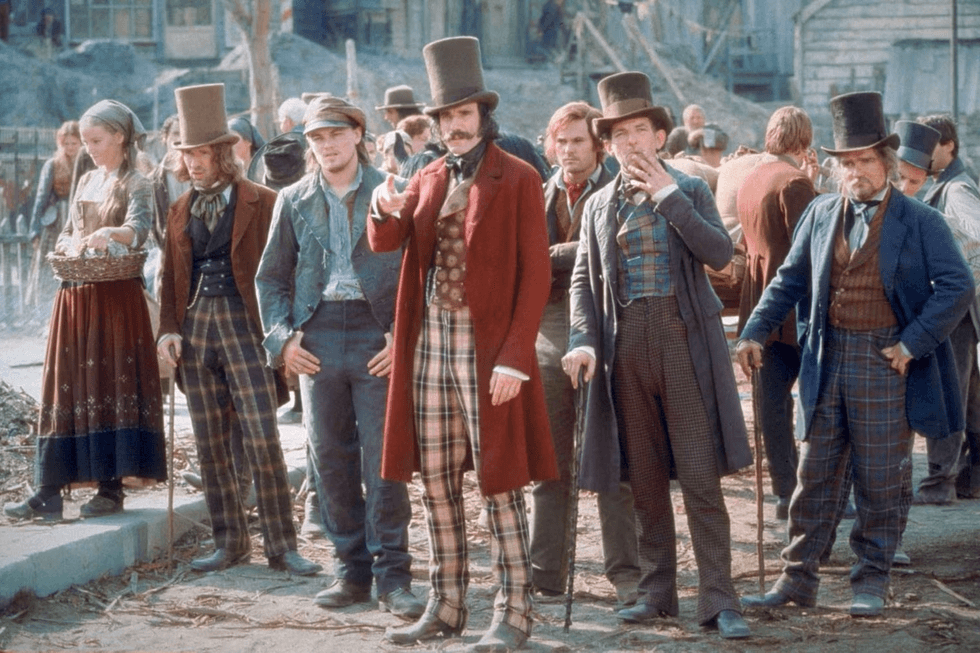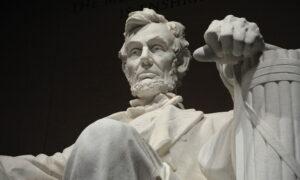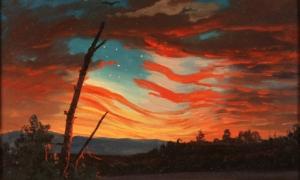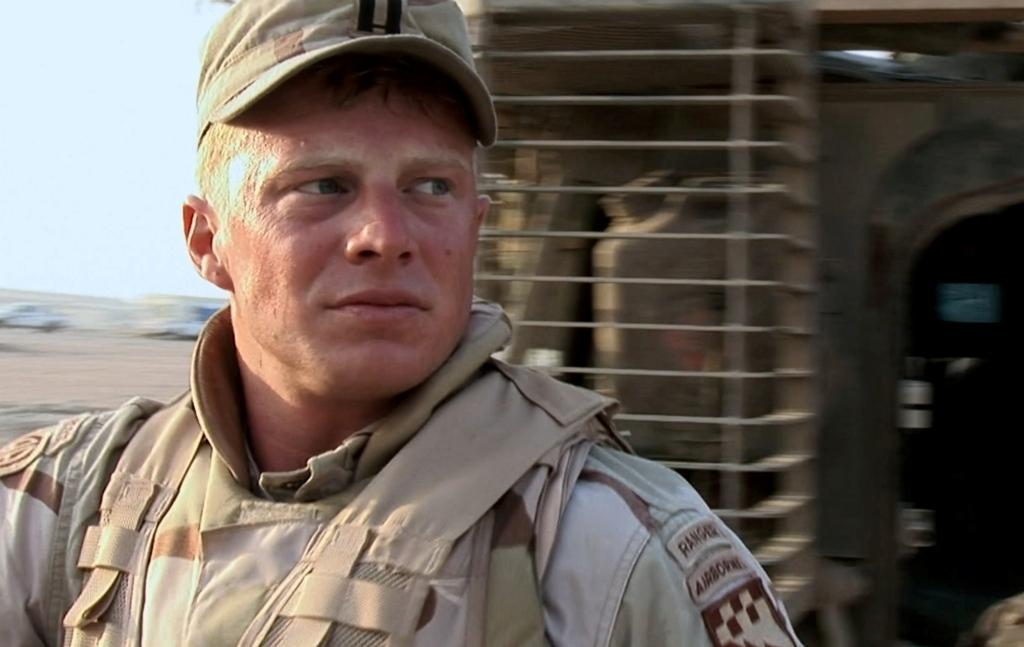R | 2h 47m | Drama, Action, Romance, Revisionist History | 2002
On director Martin Scorsese’s radar since 1970, the 2002 “Gangs of New York” (“Gangs”), based on the book by Herbert Asbury, is a sprawling, epic period-piece set in the mid-19th century Five Points area of New York City. It was my favorite movie of 2002.
After being turned down by the Big Five major studios and going through nearly a dozen script rewrites, Mr. Scorsese secured a deal with the then-independent Miramax, which in turn approved his initial $75 million production budget (which ultimately ballooned up to $100 million).
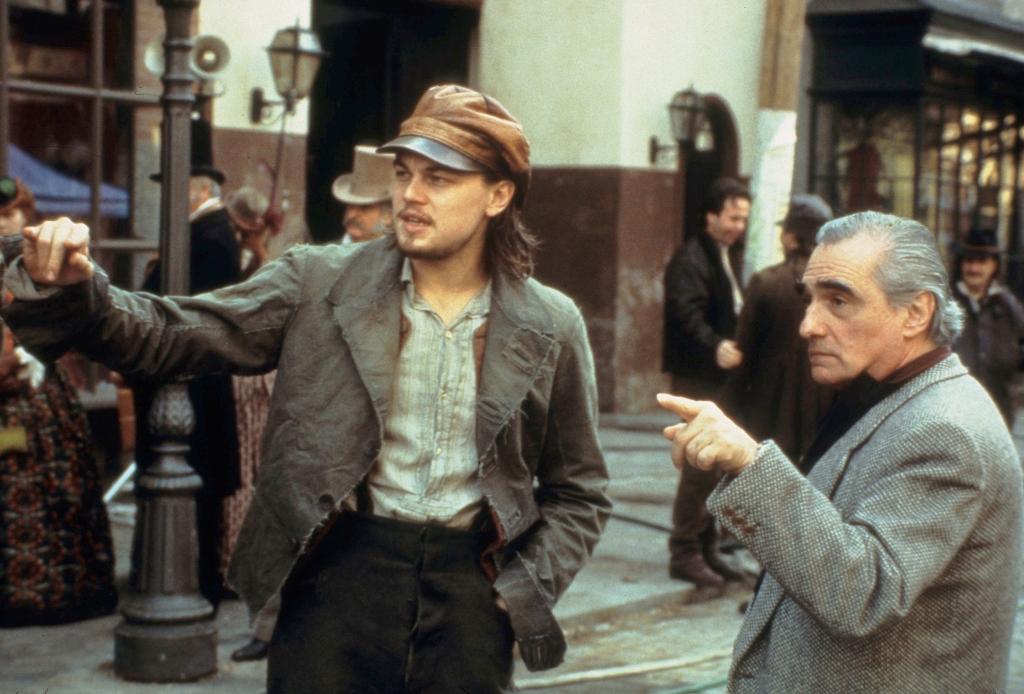
History Repeats Itself
Scorcese combined elements of several films: “Hamlet,” “Oliver Twist,” Mr. Scorsese’s own “The Age of Innocence,” and, oddly enough, “West Side Story” to send a message. “Gangs” was prophetic as to what’s going on today in our country: Resentment of illegal immigration and the gurgling, percolating undercurrents of an unfolding civil war, something the current White House administration condones and actually facilitates.The movie opens in the 1840s with a bloody street brawl between the Natives, led by Bill “The Butcher” Cutting (Daniel Day-Lewis), and multiple rival gangs headed by “Priest” Vallon (Liam Neeson). It is worth noting that Vallon was not an actual person or a priest, and Cutting is based on William Poole, the leader of the fringe “Know Nothing” political faction. The conflict ends with Vallon’s death by Cutting’s knife, while Vallon’s young son Amsterdam escapes and grows up in an orphanage.
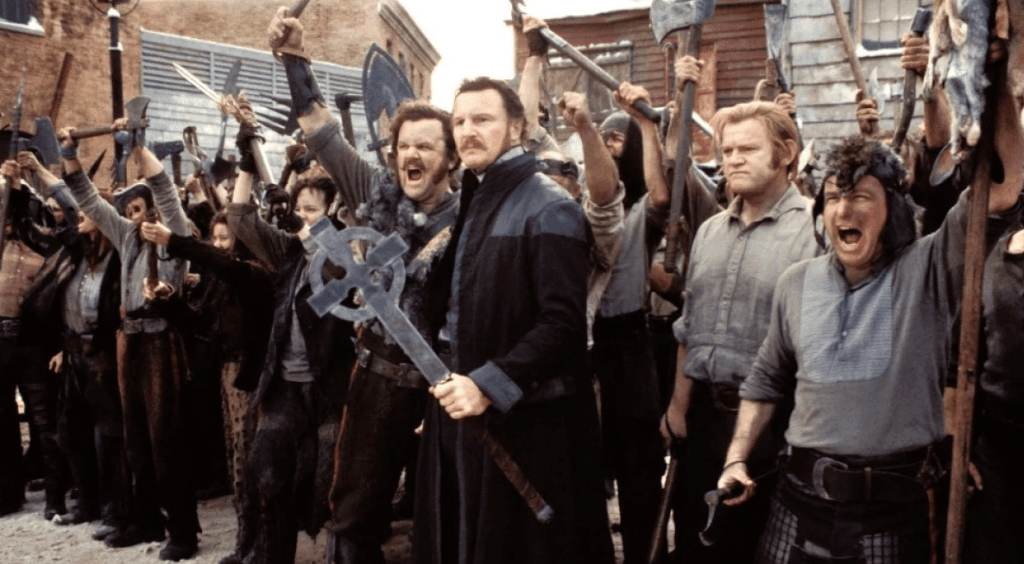
Shades of Hamlet
The adult Amsterdam (Leonardo DiCaprio) resurfaces in the late 1850s with the intent of avenging his father’s death. He does so by slowly and successfully working his way into Cutting’s closely guarded inner circle. Cutting takes Amsterdam under his wing and, in doing so, unwittingly encourages a romance between Amsterdam and Jenny (Cameron Diaz), a seasoned pickpocket and grifter who may or may have not been one of Cutting’s former lovers.With the principal plot firmly established, Mr. Scorsese and primary screenwriter Jay Cocks let the story take its time by introducing significant secondary characters, motives, and the film’s sole principal non-fictional character, William “Boss” Tweed (Jim Broadbent). One of the most corrupt politicians in U.S. history, Tweed was the head of Tammany Hall, the graft-soaked Democrat Party political machine, which ran New York City for three decades.
The high water mark of the movie, at least from a visual perspective, is the staging of the New York Draft Riots, which takes place in the third act. Mr. Scorsese, his cinematographer Michael Ballhaus, and his longtime editor Thelma Schoonmaker assembled one of the most spectacular sequences ever seen in a Scorsese picture.
What took place prior to shooting and release is as interesting as the contents of the movie.
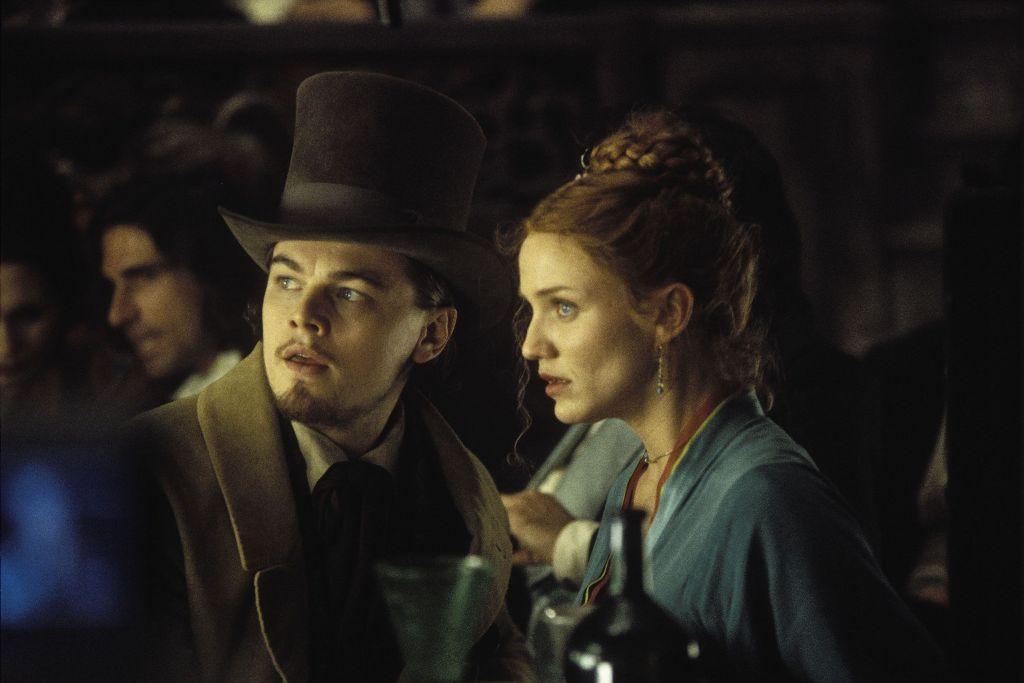
Delayed for a Year
Slated for a Christmas Day, 2001 release, “Gangs” didn’t come out until nearly a year later. The official explanation was that the perceived connection between the content of the film and the Sept. 11 terrorist attacks would hurt box office returns. I, for one, don’t subscribe to this, as the final scene of the movie (non-spoiler spoiler ahead) includes imagery of the intact Twin Towers that could have easily been removed in post-production.I’m more inclined to go with the unofficial reason: Mr. Scorsese was still doing pick-up reshoots as late as October 2002. The film’s rough cut clocked in at well over three hours, and Mr. Scorsese, who was contractually obligated to deliver a final print less than 170 minutes, had to make what were surely difficult nips and tucks. The ultimate running length is 168 minutes.
One of the very few movies ever to be nominated for double-digit Oscar nominations (10) and win none, “Gangs” had a fate that was repeated last month with Mr. Scorsese’s “Killers of the Flower Moon,” one of most overrated movies in his canon.
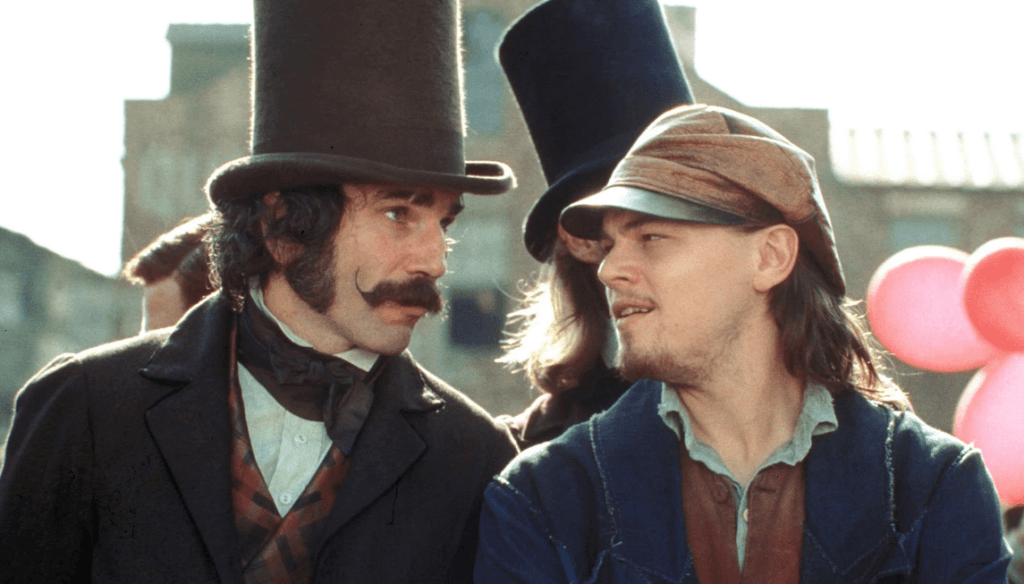
These two films were the first and most recent of five collaborations between Mr. Scorsese and Mr. DiCaprio, and, for my money, “Gangs” remains their best, and that includes the Best Picture and Best Director winner “The Departed” and “The Aviator.”

